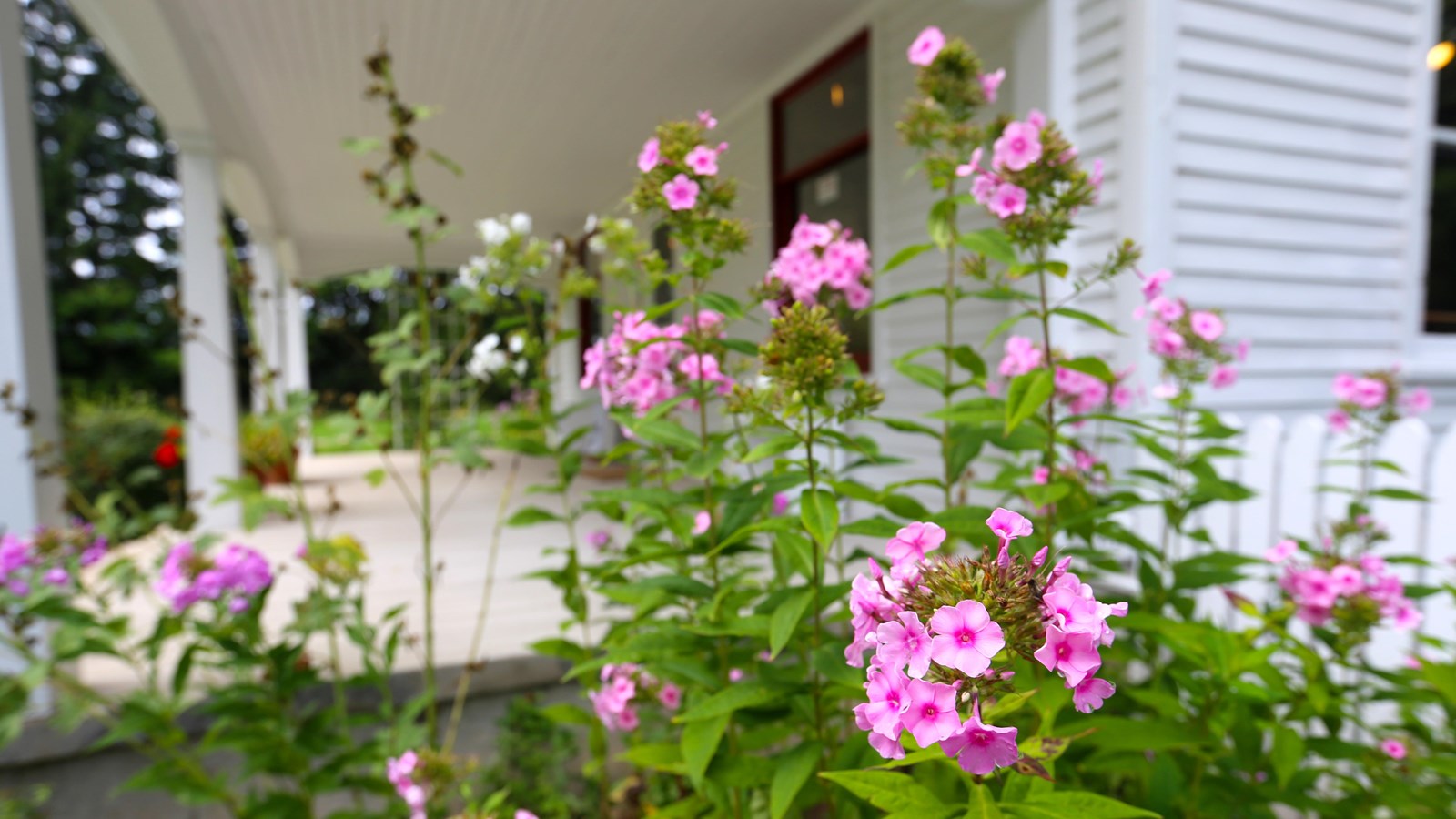Last updated: September 22, 2024
Place
Charles & Hattie Olsen Farm

NPS credit
Historical/Interpretive Information/Exhibits, Parking - Auto, Picnic Table, Restroom, Water - Drinking/Potable
Port Oneida Farms Heritage Center
The farm is a focal point for visitors entering the Port Oneida district and houses the Port Oneida Farms Heritage Center. Stop and spend some time walking through the Heritage Center's exhibits to learn more about Port Oneida and life on the farm. The Olsen farm is also the headquarters for Preserve Historic Sleeping Bear, a nonprofit partner of the National Lakeshore that helps preserve the historic structures and offers heritage tours and programs. www.phsb.org.
Charles and Hattie [Brammer] Olsen bought this land in 1915 from Frederick Dechow, who had first purchased it in 1857. The Olsen's farmhouse was built around 1918 by Paul Popa and is the newest in the Port Oneida Historical District and the most modern. The house had the first indoor plumbing; water was pumped by hand into a tank in the attic to provide the pressure for the system. A dairy farm, the Charles Olsen farm was the first to achieve Grade A dairy status in Port Oneida.
The silo on the farm is a unique construction with steel rods that support the wood staves and a concrete foundation.
Filling the silo, like buzzing wood and thrashing grain, was a job that required a crew. There were four silos in Port Oneida, and the silo-filling bee moved from farm to farm. Four or five men would be in the field cutting corn and loading two to three wagons. Any kids around would cut corn. They would cut a bundle all the corn they could hold in their hand with a corn hoe and then tie it and take it to the wagon. Later they got a corn binder, which cut the stalks and tied them into bundles. The women would be busy cooking. Doors would be set out on saw-horses to hold the feast the farm women provided for the workers.
Windbreaks were very important for keeping the soil in the fields. The farmers never cut down trees in a windbreak. The Olsen Farm is protected from northwestern winds by a steep ridge that slopes up from behind the farmyard to the north. A Norway spruce windbreak defines the western boundary of the farmyard, and rows of sugar maples line both sides of the highway in front of the house.
A black locust grove remains on the side of the ridge, northeast of the house. The hard wood of black locust was prized for fence posts.
Hattie's mother once lived in the grandmother's house which was located behind the primary residence. Ornamental plantings mark its site.
